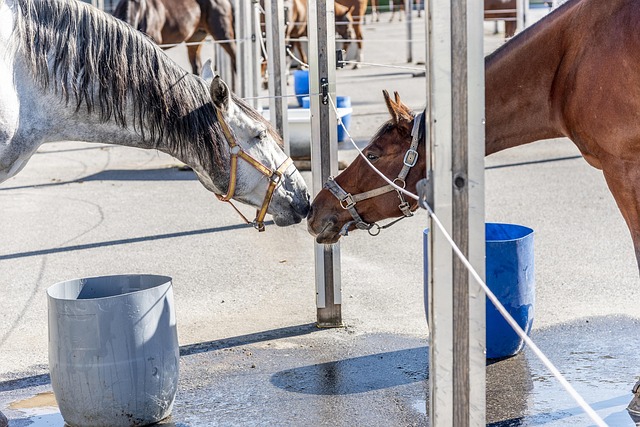Building positive roommate dynamics in college involves effective communication, clear boundaries, and collaborative problem-solving. Regular check-ins, active listening, and conflict resolution techniques create peaceful shared spaces. The college roommate guide emphasizes open dialogue, setting expectations, and respecting personal differences to foster roommate harmony. By implementing these tips, students can transform their shared spaces into harmonious environments of camaraderie.
Living with roommates in a shared space, especially during college, presents unique challenges and opportunities for personal growth. Understanding roommate dynamics in college settings is key to navigating peaceful co-existence. This article delves into effective communication strategies, offers guidance on creating harmonious shared spaces, provides a comprehensive college roommate guide, and shares tips for maintaining roommate harmony over time. Discover how to thrive in diverse living environments, fostering positive relationships through understanding and respect.
- Understanding Roommate Dynamics in College Settings
- Effective Communication Strategies for Peaceful Co-existence
- Creating Shared Spaces that Foster Harmony
- Navigating Challenges: A College Roommate Guide
- Tips for Maintaining Roommate Harmony Over Time
Understanding Roommate Dynamics in College Settings

Living in shared housing during college presents a unique opportunity to forge lasting friendships and develop essential life skills. However, understanding roommate dynamics is crucial for fostering peaceful shared spaces. Effective communication forms the backbone of harmonious living. Roommates should establish open lines of dialogue, addressing expectations, privacy concerns, and conflict resolution strategies upfront. Regular check-ins, where each individual shares their feelings and needs, can prevent misunderstandings and promote a collaborative environment.
The college roommate guide suggests setting clear boundaries while embracing diversity. Respect for personal space, study habits, and noise levels varies from person to person. By acknowledging these differences and finding common ground, roommates can create a balanced atmosphere. Incorporating communication tips like active listening and empathy strengthens the bond between peers, ensuring everyone feels heard and valued. This, in turn, contributes to a more harmonious living experience.
Effective Communication Strategies for Peaceful Co-existence

Effective Communication is Key to Maintaining Peaceful Roommate Dynamics. Open and honest conversations are essential when living with roommates, especially in a college setting where schedules, study habits, and personal preferences can vary widely. Establishing clear boundaries, respecting each other’s privacy, and sharing responsibilities fairly creates a foundation for positive roommate harmony.
A College roommate guide would suggest incorporating regular check-ins, active listening, and conflict resolution strategies to navigate roommate differences. Addressing issues promptly and constructively ensures peaceful shared spaces. Simple yet powerful communication tips like “I” statements, expressing gratitude, and finding compromises can go a long way in fostering a harmonious living environment.
Creating Shared Spaces that Foster Harmony

Creating harmonious shared spaces is key to a positive roommate dynamic, especially in the vibrant yet bustling environment of college dorms. Effective communication forms the foundation of peaceful living arrangements. Roommates should establish open and honest dialogue from the get-go, discussing expectations regarding cleanliness, noise levels, and personal space. This initial conversation sets clear boundaries and paves the way for a collaborative lifestyle.
Designing common areas that encourage bonding can foster roommate harmony. Well-defined yet inviting spaces promote a sense of belonging. Perhaps a cozy reading nook with comfy seating or a shared kitchen where meals are prepared together—these areas facilitate interaction and create opportunities for roommates to connect, fostering a collegial atmosphere. Remember, the college roommate guide isn’t just about managing differences; it’s about creating a peaceful haven where shared experiences can thrive.
Navigating Challenges: A College Roommate Guide

Navigating Challenges is an essential part of any college experience, especially when it comes to sharing living spaces with roommates. Understanding roommate dynamics and fostering open communication are key tips for maintaining peaceful shared environments. Effective communication involves setting clear boundaries from the outset, discussing expectations regarding cleanliness, noise levels, and personal space. This initial conversation sets the tone for a harmonious living arrangement.
Regular check-ins and addressing any issues promptly are crucial to roommate harmony. A college roommate guide suggests adopting a collaborative approach where both individuals respect each other’s needs and make efforts to create a comfortable living atmosphere. By fostering positive roommate dynamics, students can transform their shared spaces into vibrant hubs of productivity and camaraderie.
Tips for Maintaining Roommate Harmony Over Time

Maintaining a harmonious environment in shared housing is an art that involves continuous effort and open communication. With diverse lifestyles and personal preferences, roommates must navigate their differences to create peaceful shared spaces.
To foster roommate harmony over time, establish clear communication channels from day one. Set expectations regarding cleanliness, noise levels, and common space use. Regularly discuss any issues or concerns, addressing them promptly to prevent escalation. Respecting each other’s privacy, personal time, and individual routines is vital. Encouraging a collaborative atmosphere where everyone contributes to household chores and decisions ensures a balanced and satisfying living experience for all college roommates.






